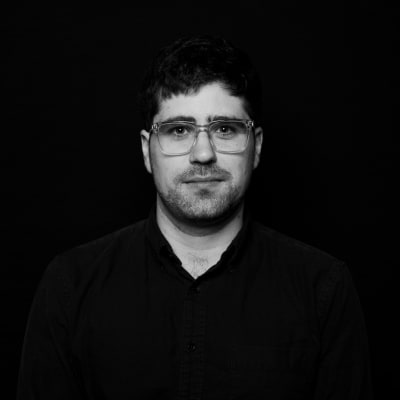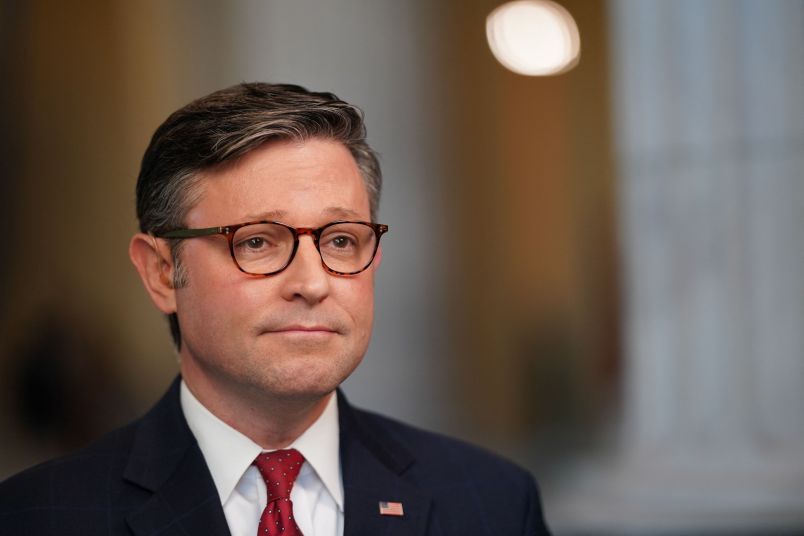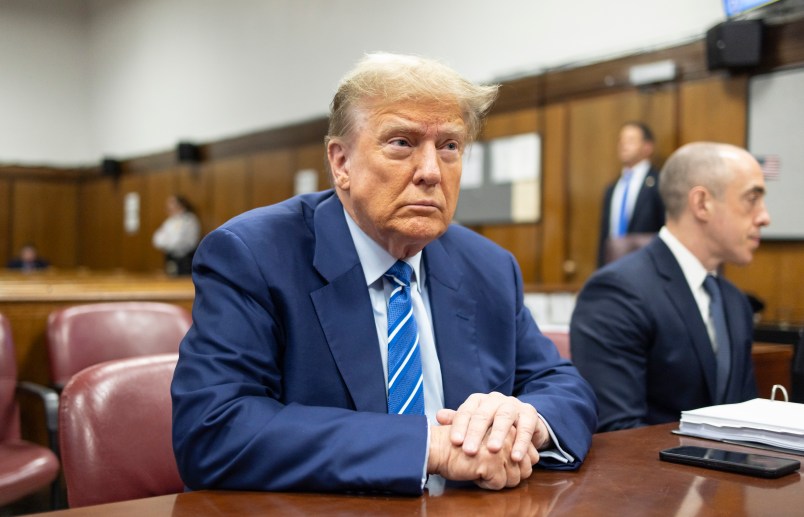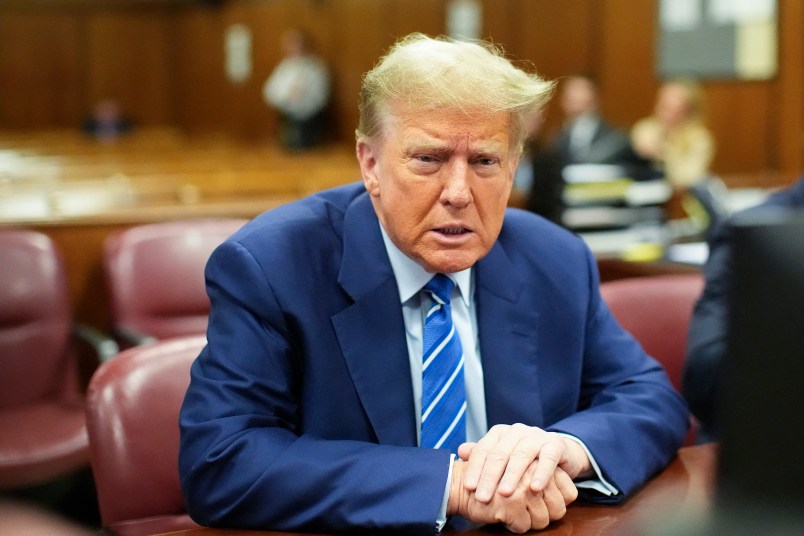TPM reader MZ writes from Bratislava:
I am a US citizen but have lived in Slovakia for the past 7 years. I must begin by noting something about the perception of Slovakia (and former Eastern Bloc countries generally) by many “Western” Europeans and North Americans; this is relevant because the response to Covid-19 in Slovakia seems very different from the response west of here.
A common perception of Slovakia in Western Europe (and the US) is that it is some primitive, dysfunctional, post-communist hellhole. It’s not. (It’s actually a lot nicer than many parts of the US, to say nothing of perks like 3 years of paid maternity leave and mostly free health care.) Some in Austria have even asked friends of mine if we have computers and the internet here. (We usually tell them “no,” and that we sleep in caves, and we don’t use forks and knives, etc. Sometimes they get it.) As a side-note, Austrians, in particular, should know better: from Bratislava, I can walk to Austria in a few minutes; our capitals are only 35 miles apart; and Bratislava (Preßburg) used to be on the Vienna tram line during the Habsburg Empire. But I digress… Let me turn to Covid-19.
The response in Slovakia has been impressive. Nearly two weeks ago (Sunday, 8 March), we had 5 cases in Slovakia. On that day, my university cancelled classes for two weeks (since extended), sent students in dorms home, banned all academic and business travel, and shifted to distance learning. On Monday, 9 March, all schoolchildren were give temperature tests as they walked into their schools, and any child with above-normal temperature was quarantined. The next day, 10 March, all schools were closed completely, and are still closed, and teachers are teaching online. By the end of that week, all shops had closed except for groceries and pharmacies, airports and borders were closed, and international rail travel cancelled.
More impressive to me has been how politicians have modeled safe behavior. The Prime Minister, President, and other MPs appear on television frequently, and they always wear PPE (masks), as do the newscasters/reporters, and they keep distance from one another at the podium. The public has followed suit, despite having freedom of movement: the streets are nearly empty, and those who are out all have masks. People working in shops have masks and gloves. The shop shelves look normal (they are full), and there is certainly no shortage of toilet paper. It IS hard to buy face masks, but the major daily papers have given instructions about how to make them from cloth at home (which is what my family did). I should add that all this has taken place just after parliamentary elections in which a completely new government is coming into power (the crisis began under the old and is now shifting to the new).
The bottom line is this: two weeks ago, we had 5 cases, and now we have only 105. Austria, by contrast, has 16 times as many cases (over 1,600) with only twice the population. It may be that they have more testing than we do, and they share a border with Italy, but I also know that they did not take the behavioral precautions we did (images of their airports and politicians show a rather care-free attitude). It makes me wonder if countries with longer histories of democratic freedoms are perhaps less able to adjust to these behavioral changes. In any case, it is quite possible that Slovakia will still be hit hard by the virus in the weeks and months ahead. But the things done here to date have at least given the health system a chance to prepare.








